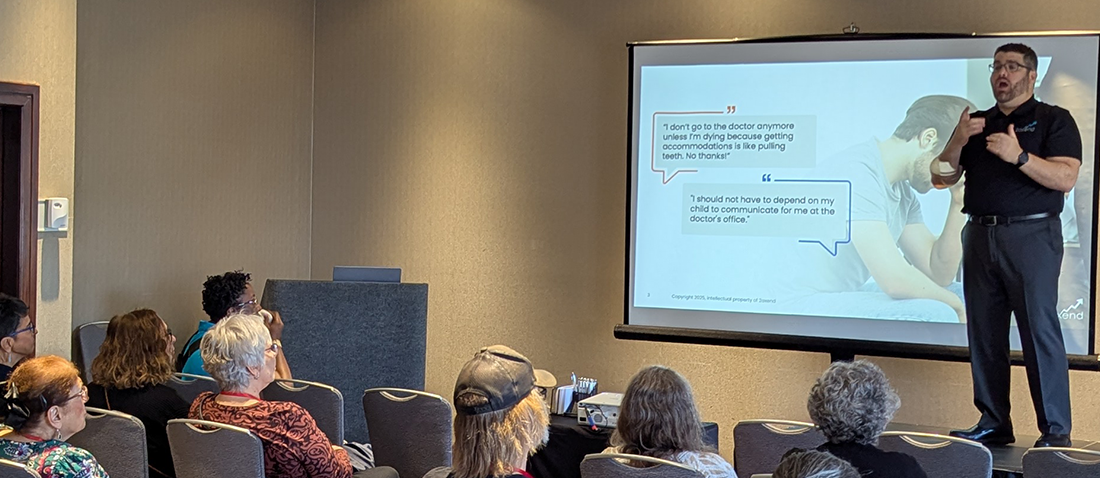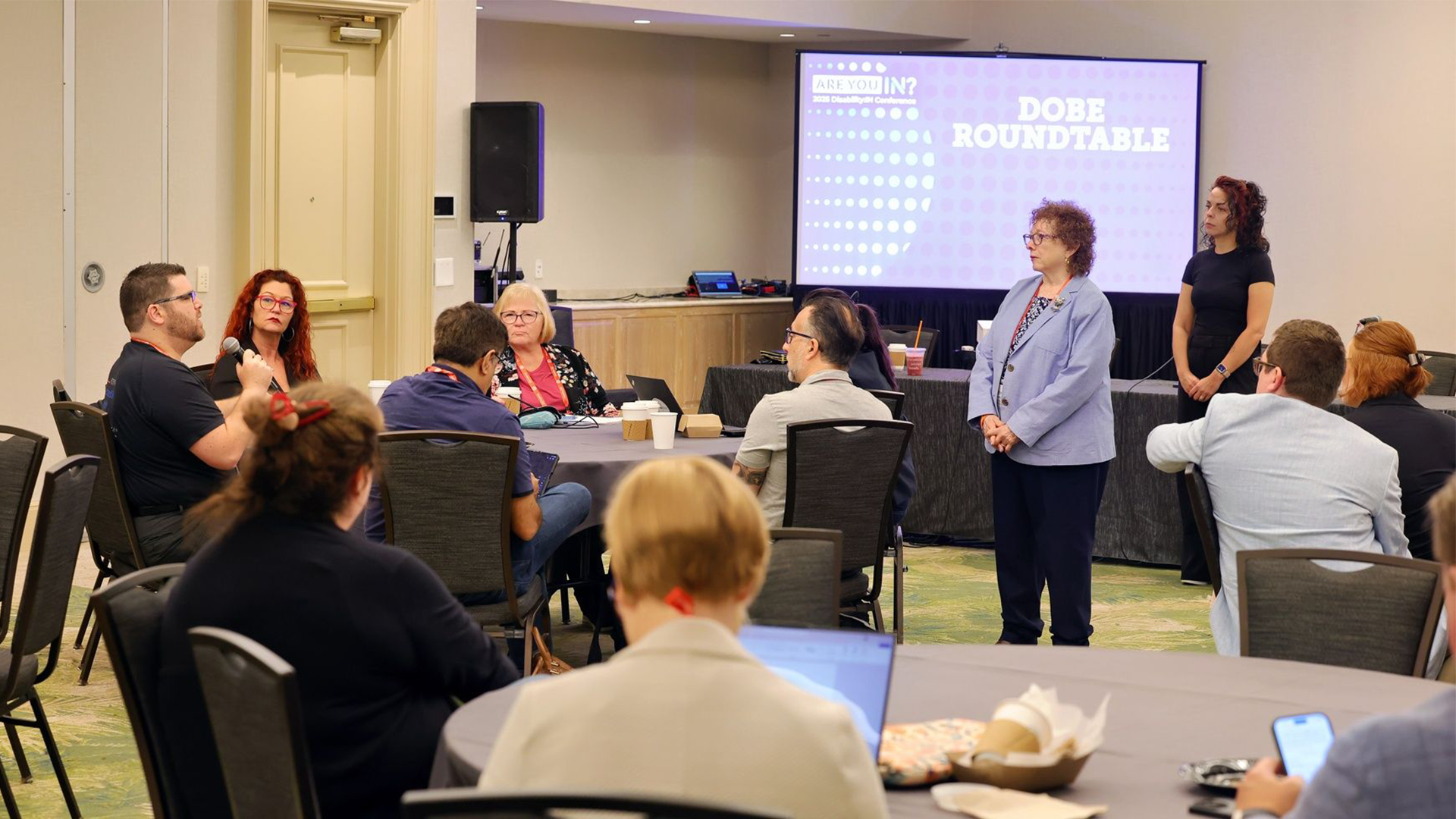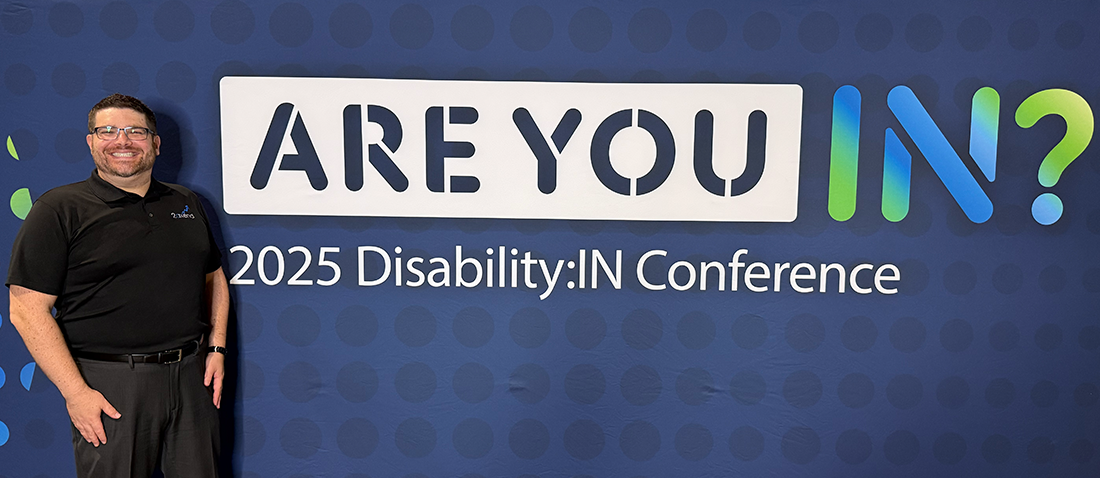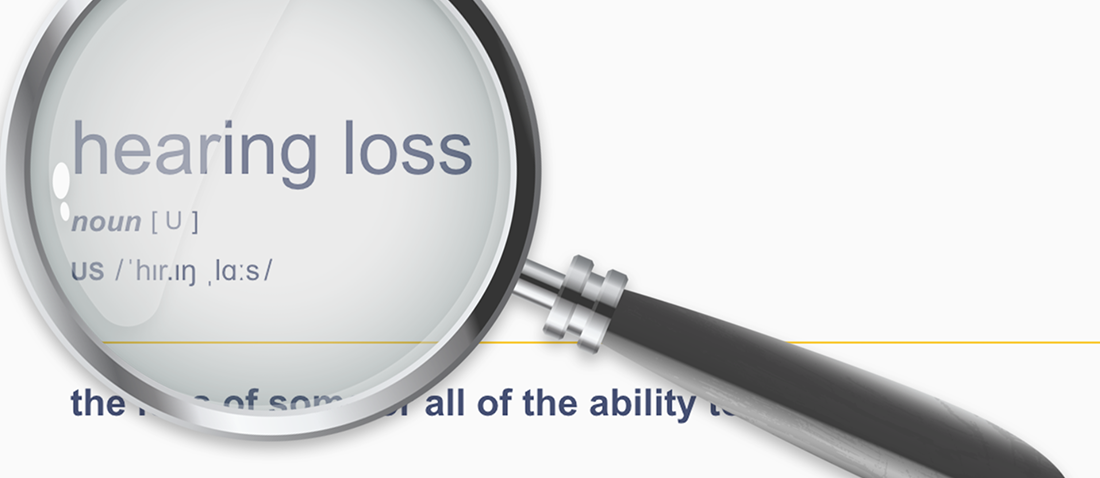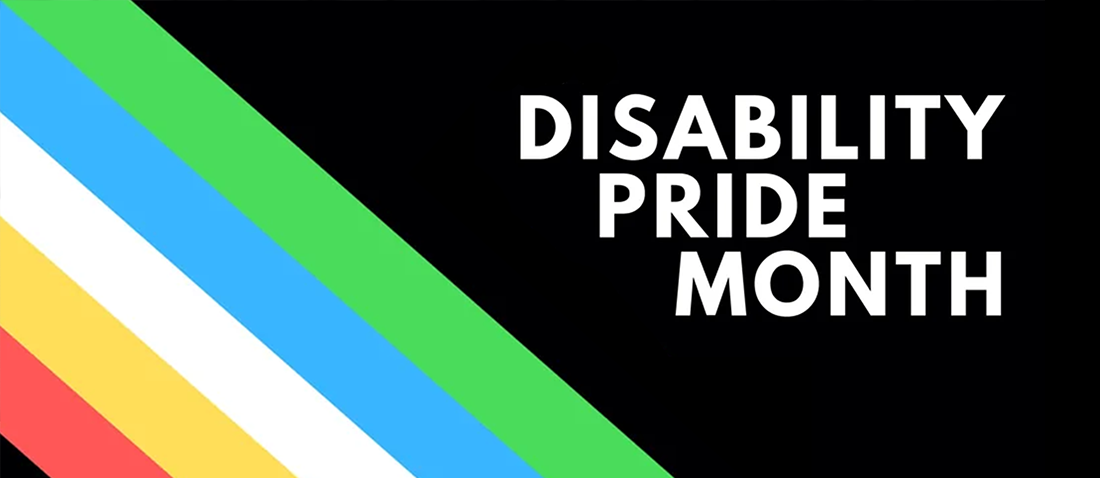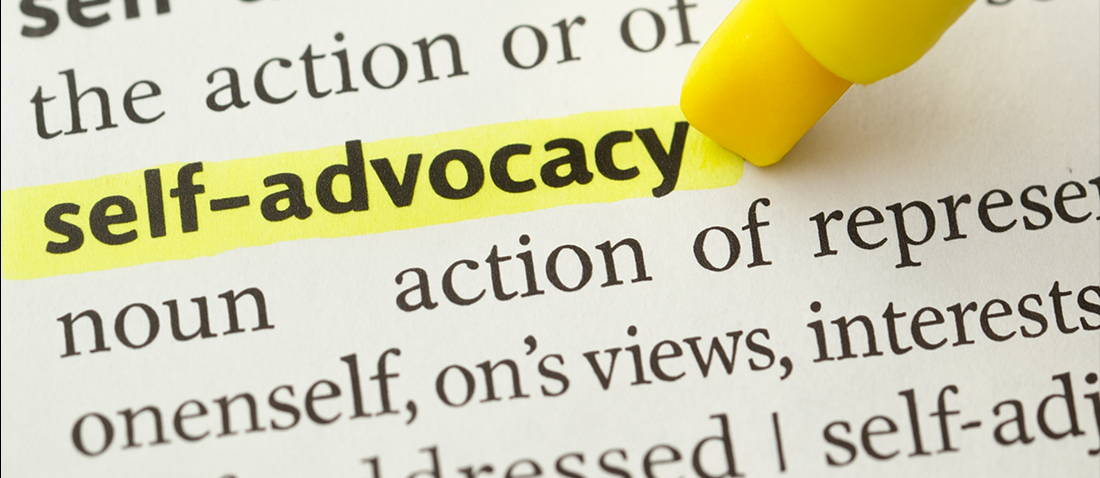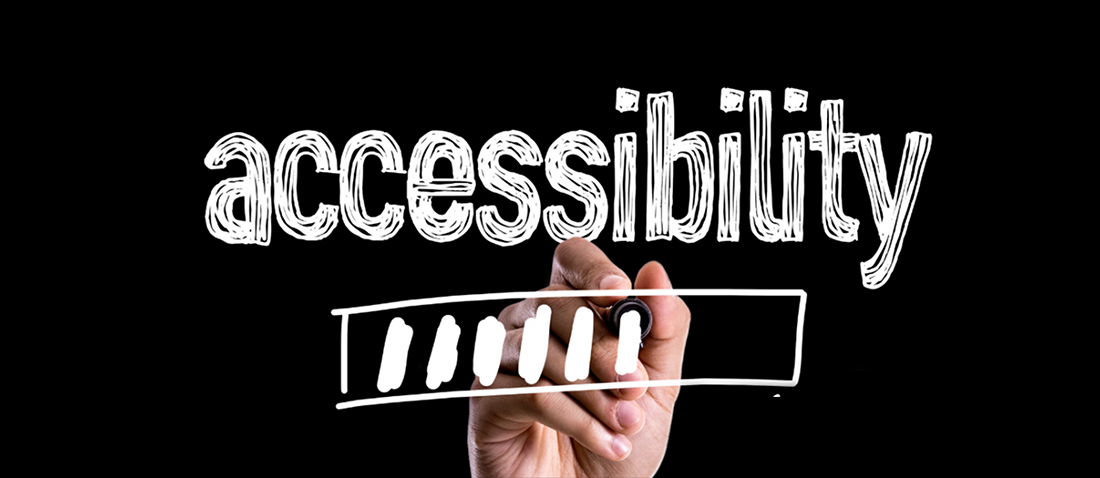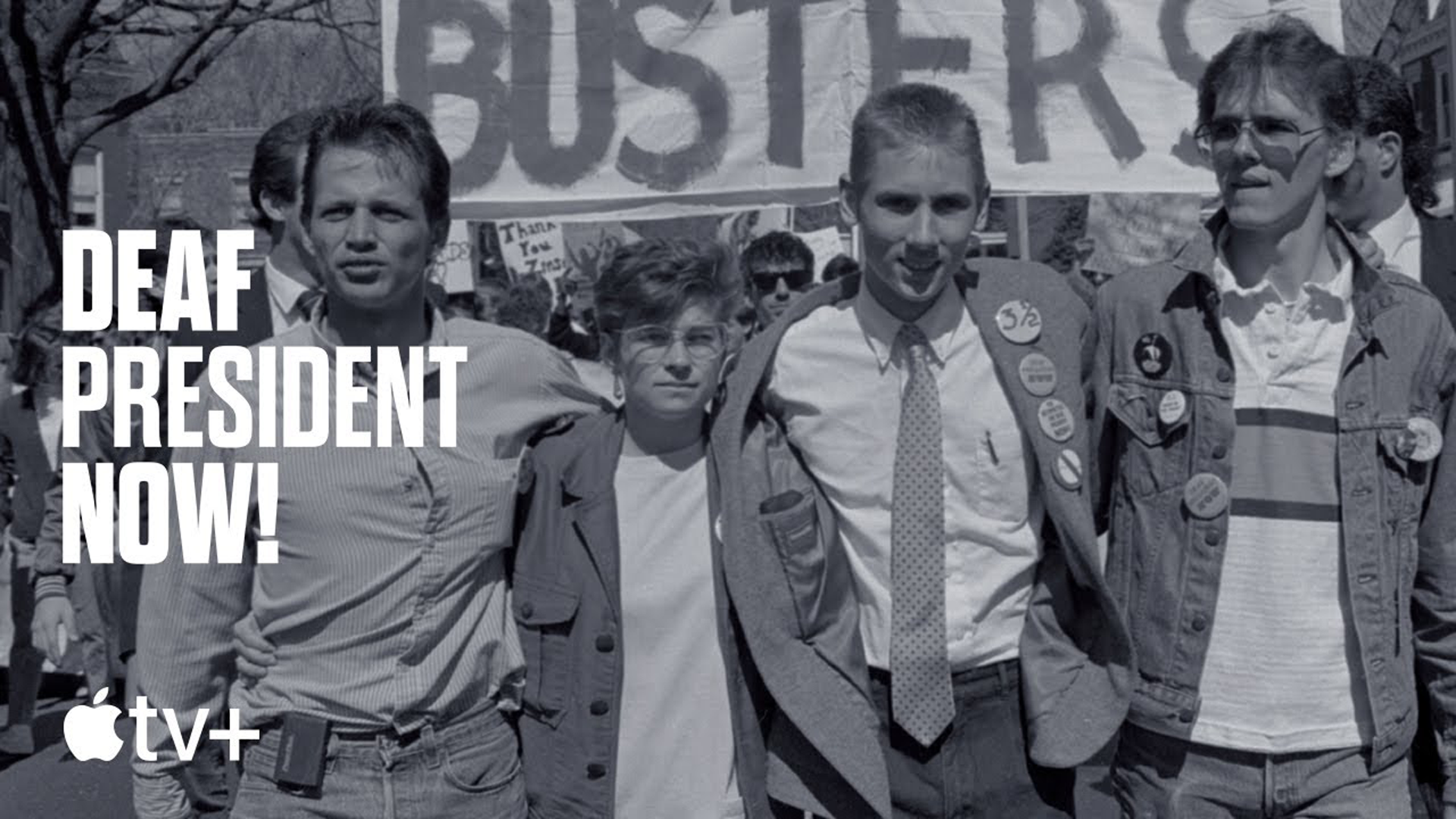- Home
- About Us
- Services
- Industries
- Events
- 2025 Summit for Mental Health Interpreting
- 2026 Deaf and Hard of Hearing Experiences in Healthcare Summit
- 2026 Deaf In Healthcare Summit for Interpreters
- 2026 Interpreting for Deaf Professionals Summit
- 2026 Legal Interpreting Summit
- Healthcare Roundtable Discussions
- Archived Events
- Insights
- Contact Us
- Schedule A Meeting
- Home
- About Us
- Services
- Industries
- Events
- 2025 Summit for Mental Health Interpreting
- 2026 Deaf and Hard of Hearing Experiences in Healthcare Summit
- 2026 Deaf In Healthcare Summit for Interpreters
- 2026 Interpreting for Deaf Professionals Summit
- 2026 Legal Interpreting Summit
- Healthcare Roundtable Discussions
- Archived Events
- Insights
- Contact Us
- Schedule A Meeting

